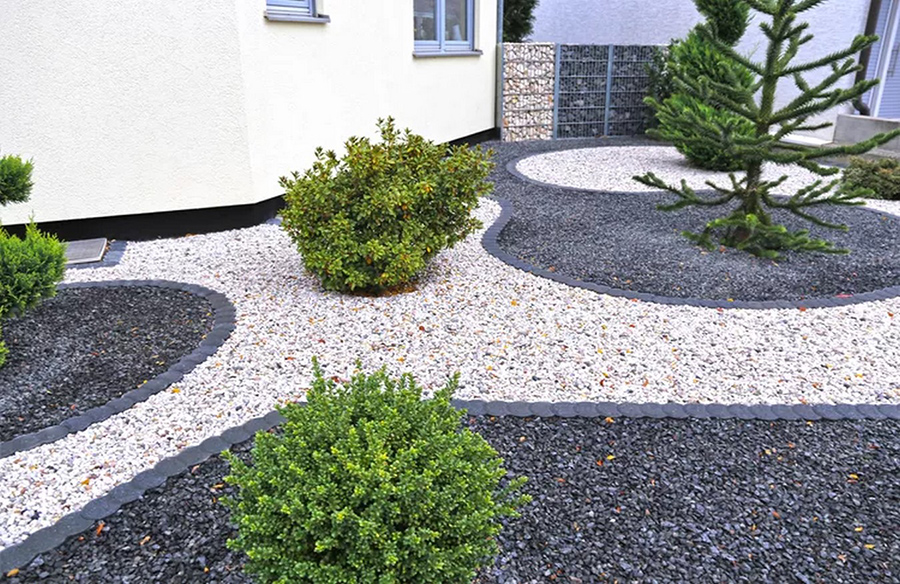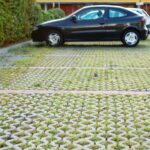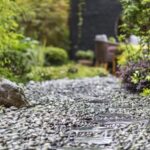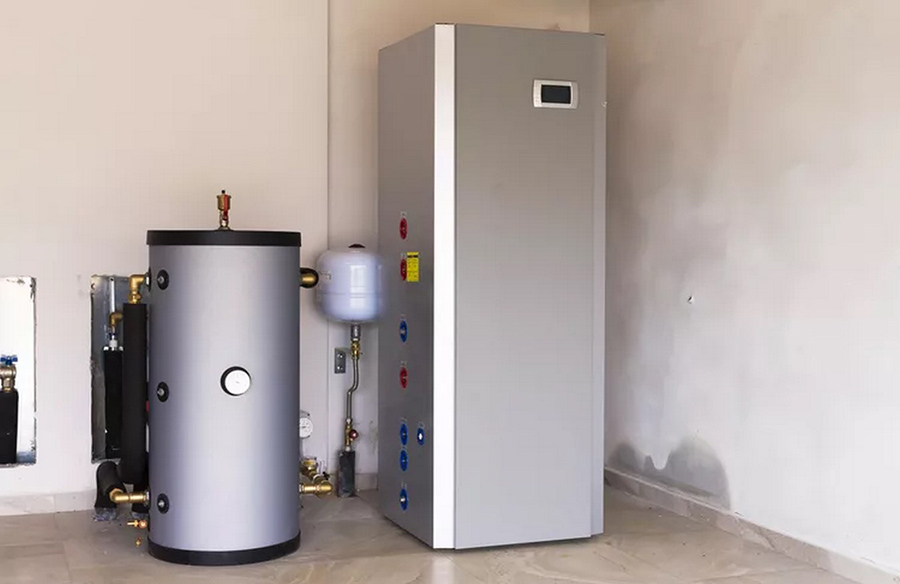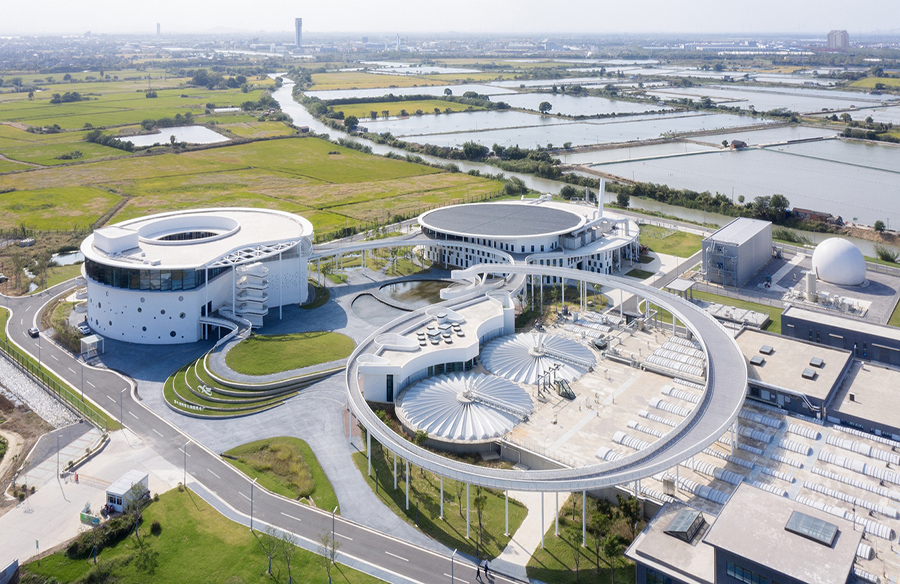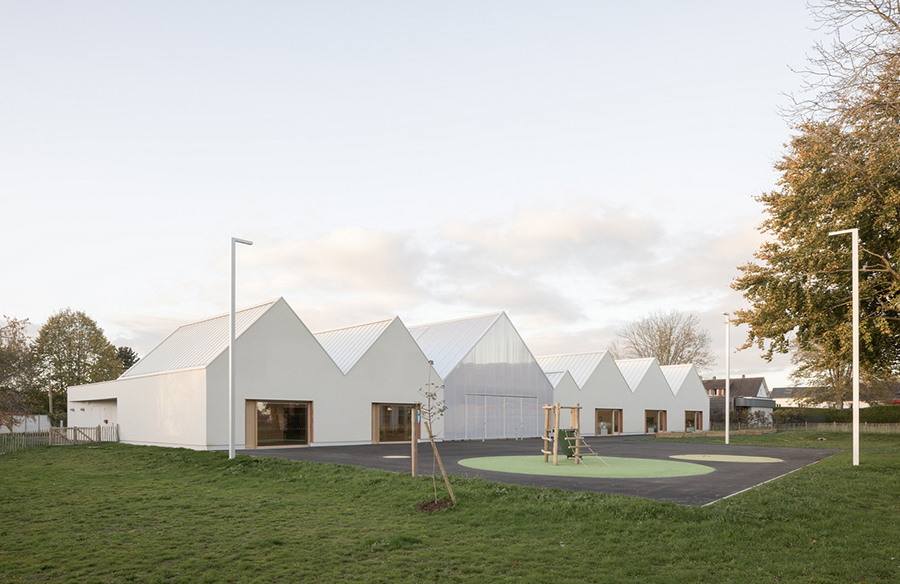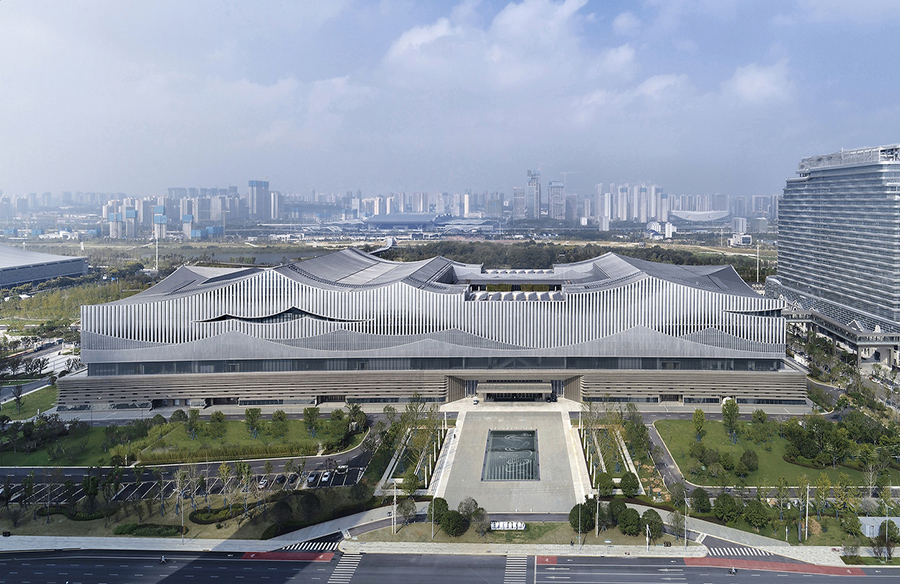Hardscaping encompasses the non-organic elements of landscaping, including structures like pathways, decks, driveways, and walls. When implemented sustainably, hardscaping involves the use of eco-friendly materials and practices that support local ecosystems and minimize environmental impact. In this section, we explore the concept of sustainable hardscaping, its benefits, and practical tips for achieving environmentally friendly landscapes.
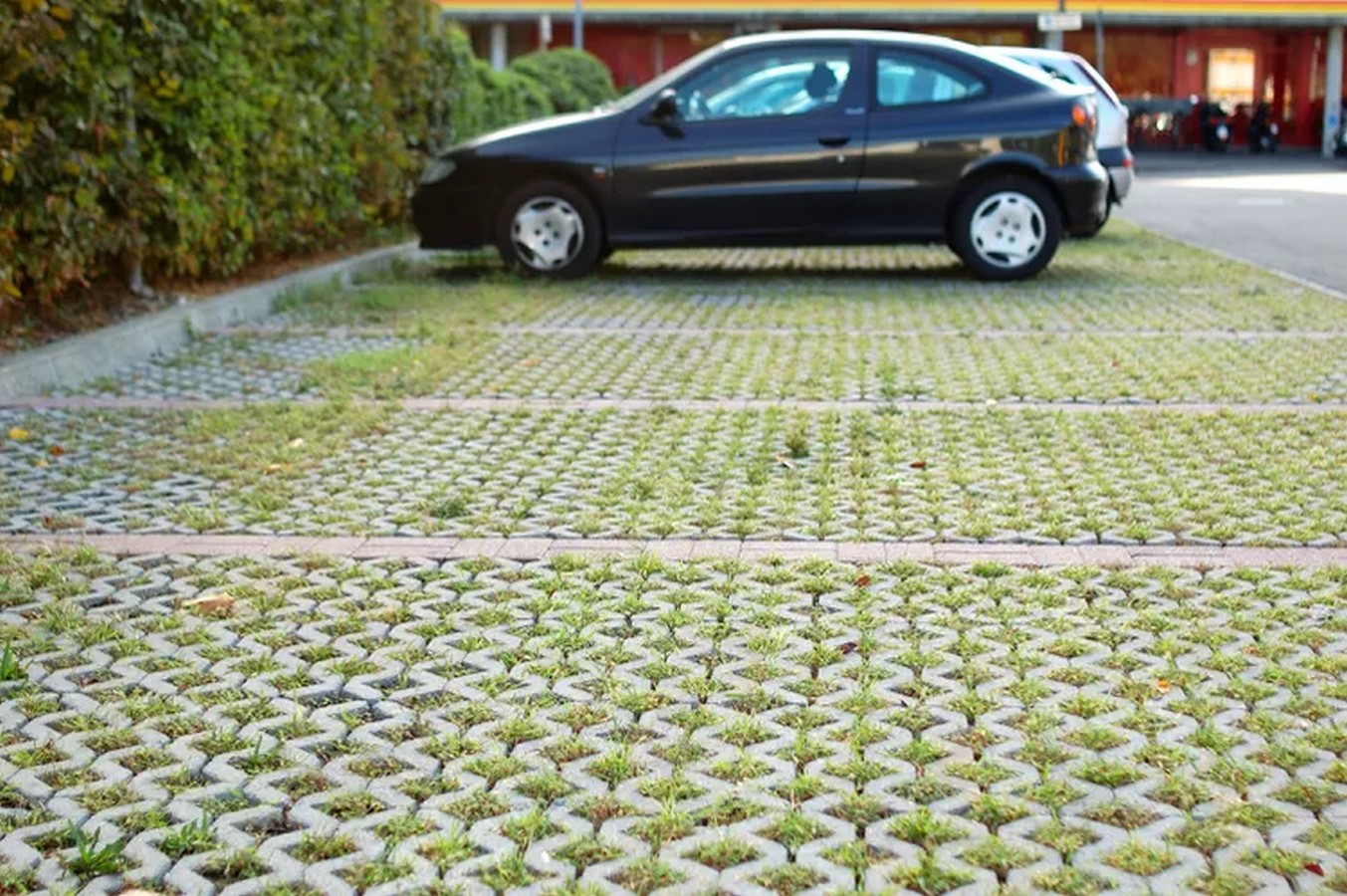
Benefits of Sustainable Hardscaping
Sustainable hardscaping offers several advantages that contribute to environmental conservation:
Replace Lawns
Lawns, often requiring substantial irrigation and chemical treatments, pose environmental challenges such as water wastage and pollution. By incorporating hardscaping features, homeowners can reduce reliance on water-intensive grass lawns, minimizing the use of fertilizers and pesticides detrimental to local ecosystems.
Use Locally-Sourced Materials
Utilizing locally-sourced hardscaping materials reduces carbon emissions associated with transportation. By sourcing materials from nearby quarries and suppliers, homeowners can mitigate the environmental impact of construction activities while supporting local economies.
Use Less Water
Incorporating hardscaping into xeriscaping practices promotes water conservation by minimizing or eliminating the need for supplemental irrigation. By designing landscapes that rely on natural precipitation, homeowners can significantly reduce water consumption and associated energy usage.
Reduce Stormwater Runoff
Sustainable hardscapes feature permeable materials that allow rainwater to infiltrate the soil, reducing stormwater runoff and soil erosion. This not only prevents water pollution but also alleviates pressure on municipal drainage systems.
Lower Garden Maintenance
Compared to traditional lawns, hardscaped areas require minimal maintenance, resulting in reduced energy consumption from garden equipment and fewer chemical inputs. This translates to lower carbon emissions and a more environmentally friendly landscape.
Reduce Ice Build-up
By facilitating proper drainage, sustainable hardscaping minimizes ice formation on surfaces during cold weather, enhancing safety and reducing the need for de-icing chemicals.
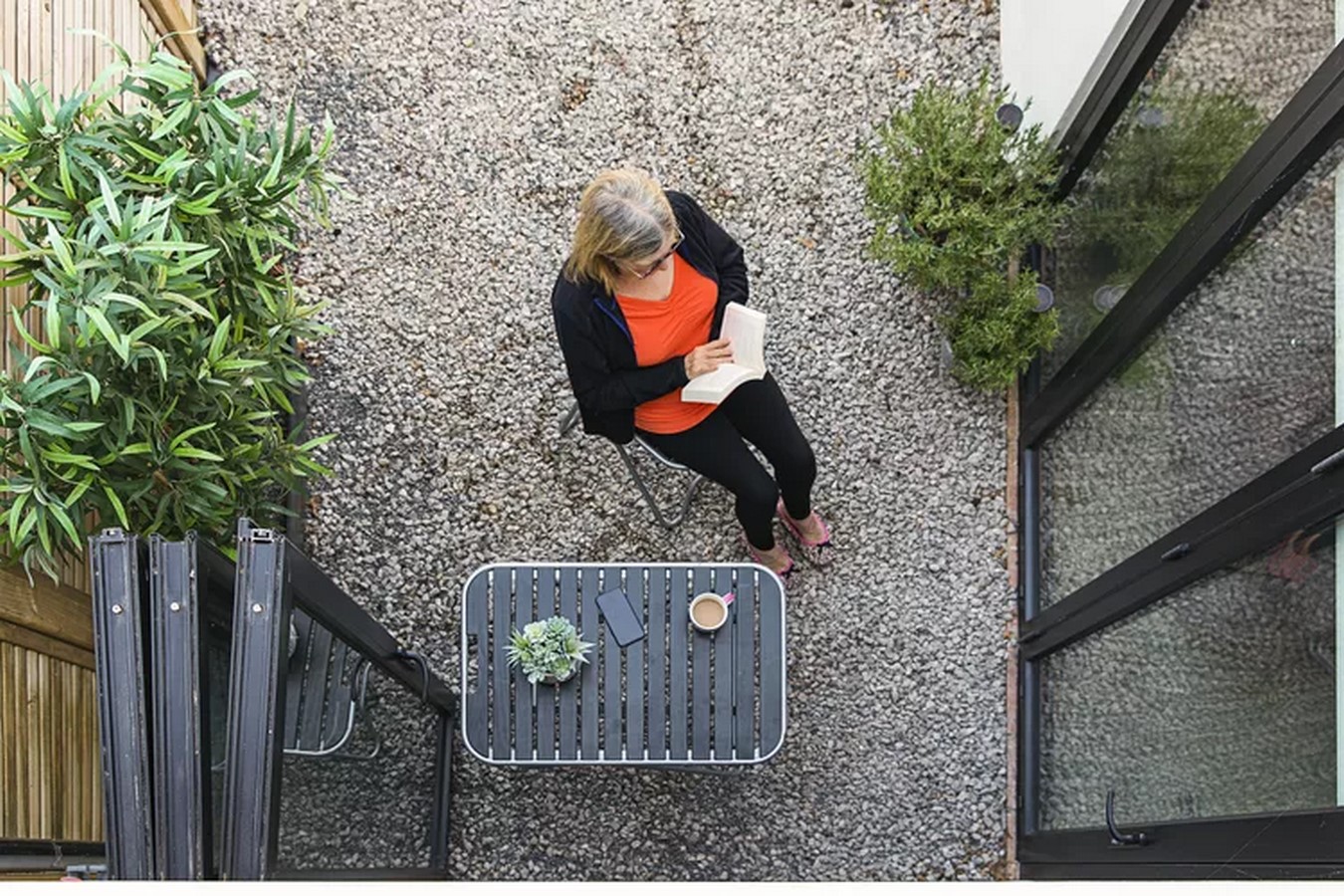
Sustainable Hardscaping Tips
To maximize the sustainability of hardscaping projects, homeowners can implement the following practices:
Reduce Runoff and Erosion
Employ permeable paving materials and strategic landscaping techniques to mitigate stormwater runoff and soil erosion. Incorporate features like rain barrels and rain gardens to further enhance water retention and soil health.
Understanding Hardscaping and Sustainability
Opt for recycled hardscaping materials, such as reclaimed concrete and glass aggregates, to minimize waste and conserve natural resources. Additionally, explore opportunities to repurpose salvaged materials from construction sites or local landfills for landscaping projects.
Support Local Wildlife
Design hardscaped areas to support local biodiversity by creating habitats for beneficial insects, microorganisms, and native plant species. Integrate green spaces and native vegetation to enhance ecological resilience and promote wildlife conservation.
By adopting these sustainable hardscaping practices, homeowners can reduce their environmental footprint while creating functional and visually appealing landscapes that benefit both people and nature.
